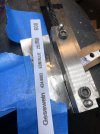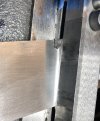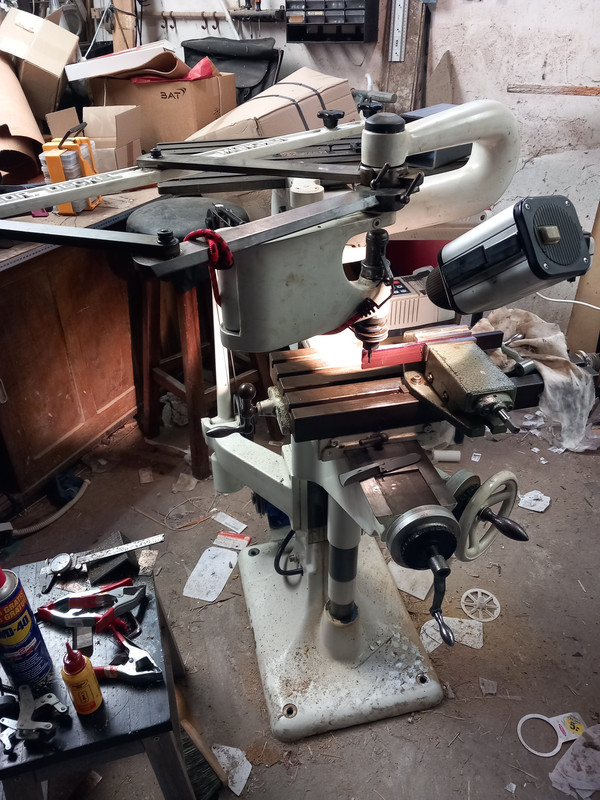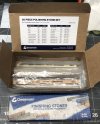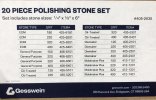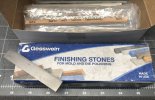Forrest Taylor
Knifemaker / Craftsman / Service Provider
- Joined
- May 13, 2021
- Messages
- 366
I've learned I need to make my edges thinner after heat treatment when I'm making smaller knives. Bowies or camp knives work fine with a thicker edge but the smaller ones need to be thinner.

